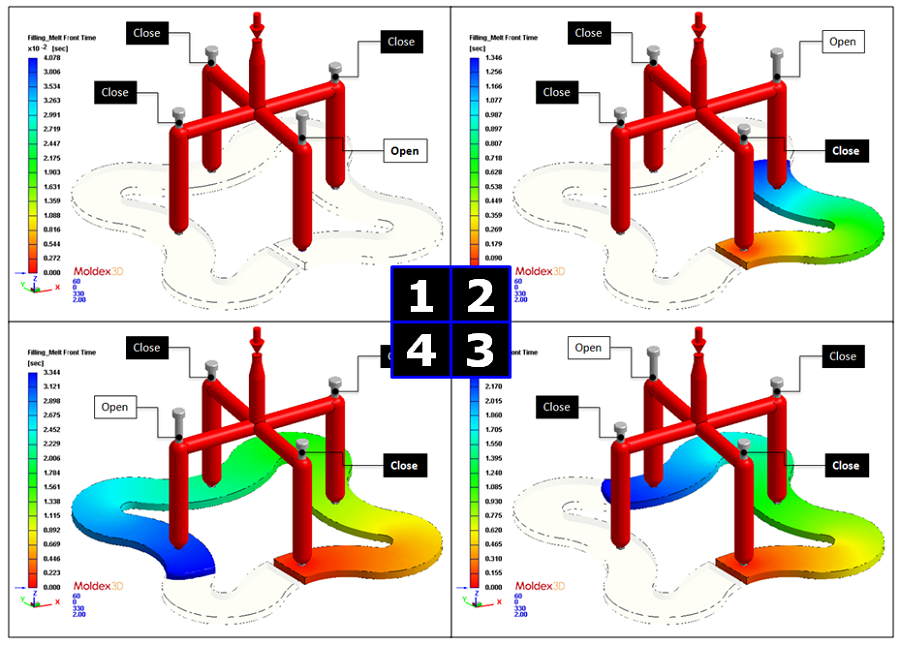In recent years, the use of valve gating systems has experienced a steady growth among the applications of hot runner molds and its versatile applications can be found in various industries from automotive, electronics to medical sectors and more. Valve gate hot runner systems offer several substantial manufacturing advantages including the ability to precisely control the plastic flow through the gates in order to produce superior part quality and shorten cycle times as well as to eliminate stringing and drooling of the melt at the gates. Another great advantage lies in the fact that the advanced sequential valve gating (SVG) technology, a programmed time sequence to the opening and closing of valve gates can be incorporated in the hot runner systems and it provides a much better control over the cavity fill pattern to effectively solve weld or knit line surface issues. However, along with the freedom and feasibility of using sequential valve gating come challenges. As the filling time increases, so does the pressure inside the hot runner systems; when a previously closed valve pin opens, an explosive rush of pressurized plastic is released into the cavity in high speed, making the molded parts susceptible to undesirable surface defects such as flow marks, uneven gloss, etc.
In order to maximize the benefits of using sequential valve gating to improve part quality, hot runner system manufacturers have developed a new technology that allows users to gain control over the valve pin movement and its speed profile. In response to this demand in the market, Moldex3D has been involved in the development of computer flow simulation of the valve pin movement technology. As shown in Figure 1, in Moldex3D Advanced Hot Runner module, CAE analysts can choose either General Valve Gate simulation or AHR Pin Movement simulation based on their actual hot runner design application. If Pin Movement simulation is chosen, as shown in Figure 2, users can specify the velocity profile of the valve pin’s opening and closing movements. In Figure 3, we can clearly see the velocity field is changing at the gate area due to different positions of the valve pin. In addition, from studying Moldex3D’s filling analysis in Figure 4 further, we can conclude that using the pin movement technology has a positive effect on facilitating a smoother filling pattern and mitigating a drastic velocity change to eliminate unexpected flow marks successfully.
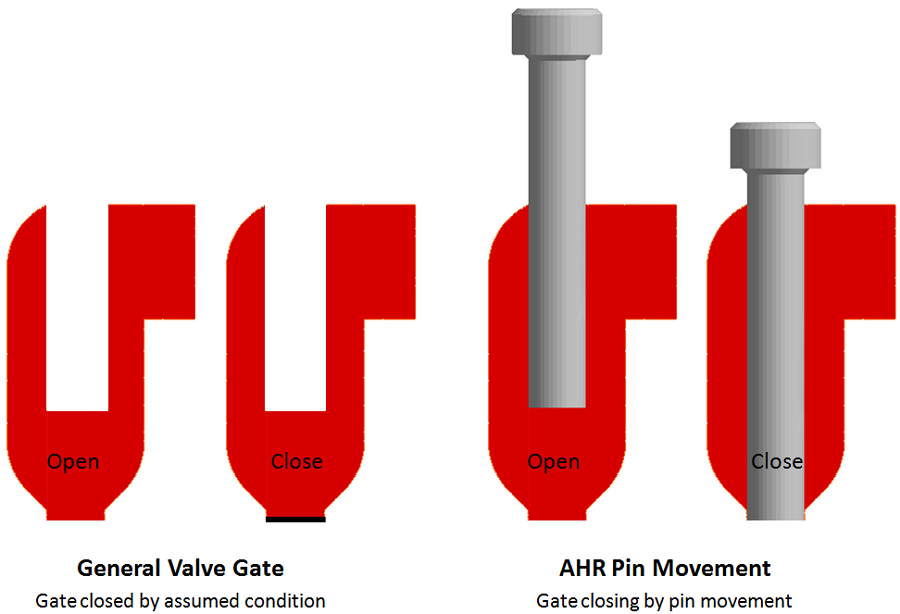 Fig. 1 Moldex3D’s Hot Runner Analysis for General Valve Gate (left) and AHR Pin Movement (right)
Fig. 1 Moldex3D’s Hot Runner Analysis for General Valve Gate (left) and AHR Pin Movement (right)
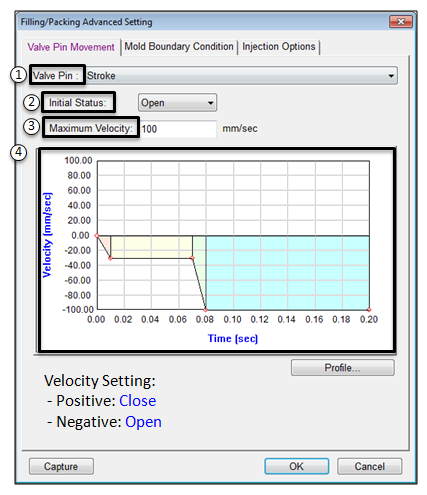 Fig. 2 Moldex3D’s Pin Movement Velocity Profile Setting Interface
Fig. 2 Moldex3D’s Pin Movement Velocity Profile Setting Interface
 Fig. 3 Inconstant velocity field at the gate area with different positions of the valve pin
Fig. 3 Inconstant velocity field at the gate area with different positions of the valve pin
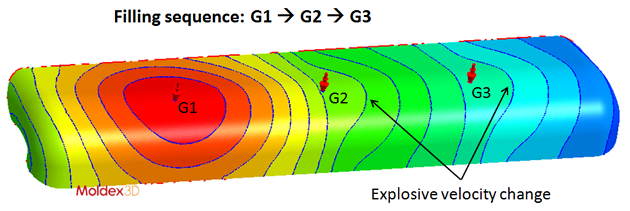
 Fig. 4 Using Moldex3D to simulate the pin movement technology
Fig. 4 Using Moldex3D to simulate the pin movement technology
Left: Sequential valve gating with multiple gating placement design may cause unexpected flow marks
Right: Using the pin movement technology can eliminate flow marks and improve part quality
In addition, in the pre-processing stage, users can take full advantage of using Moldex3D’s powerful mesh generation tool (see Figure 5) to prepare their mesh model. Users may build their mesh based on the actual geometry of the entire valve gating system including hot runner, valve pin, stoke, and so on without model simplification. Through Moldex3D’s advanced meshing technology, the geometric complexity of a valve gate system can be truthfully captured in 3D mesh representation and the simulation accuracy can be further ensured. Furthermore, in the molding parameter setting, Moldex3D offers greater flexibility for users to specify individual conditions of each gate such as the initial gating condition(open or closed), pin moving speed, multi-section speed profile settings, etc. which makes it a highly valuable simulation tool for users of advanced valve gate systems.
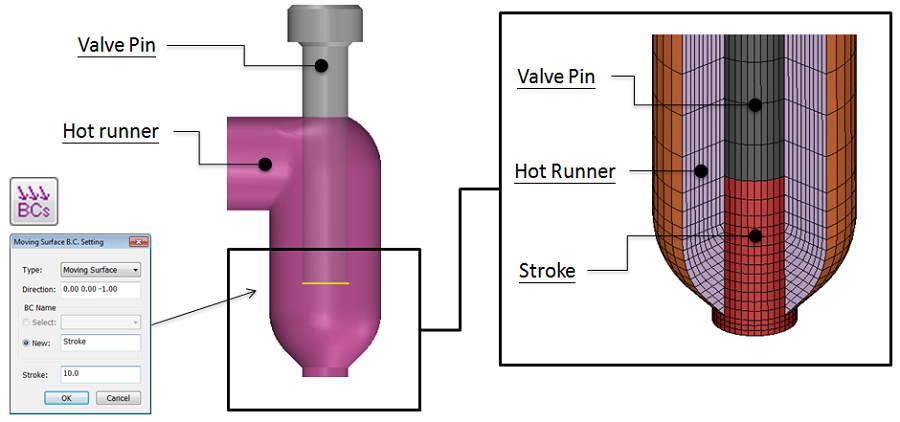 Fig. 5 Moldex3D’s mesh generation tool allows users to build mesh
Fig. 5 Moldex3D’s mesh generation tool allows users to build mesh
based on the actual geometry of the entire valve gating design
In summary, even though the application of hot runner systems has been a widely-used technology in today’s plastic injection molding industry already, a great deal of efforts and resources are still being invested in furthering the developments of advanced hot runner solutions. Through the help of Moldex3D’s Advanced Hot Runner analysis and the valve pin movement simulation, hot runner users are able to visualize potential molding scenarios in order to optimize their sequential valve gating designs to achieve maximized advantages and further yield greater process gains.
